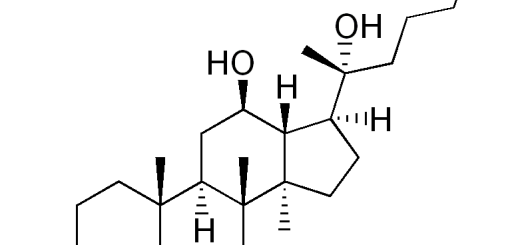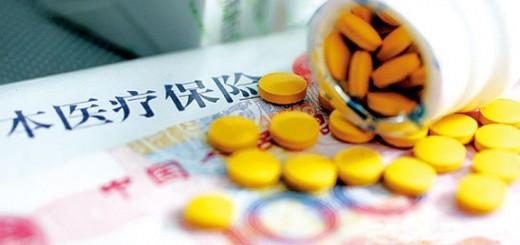| Share This Article
Research Frontiers of Medicinal Plants |
||
| DOWNLOAD |
|
Downloads Pharmacological Review of Ginsenoside Dammarane Saponin Rh2 Downloads Pharmacological Review of Ginsenoside Dammarane Saponin Rg1 Downloads Pharmacological Review of Ginsenoside Dammarane Saponin Rb1 Downloads Pharmacological Review of Aglycon Dammarane Sapogenin (AGS) – Protopanaxatriol (PPT) Downloads Pharmacological Review of Aglycon Dammarane Sapogenin (AGS) – Protopanaxadiol (PPD) |
Ginsenoside Rb1 attenuates activated microglia-induced neuronal damage
Microglia is a transformed macrophages in brain tissue. It has been long established that macrophages play an important role in inflammation process, and their excessive activation could lead to tissue injury and organ malfunction. In chronic inflammative conditions such as arthritis and neurodegenerative diseases, microglias are persistantly activated and the resultant release of inflammatory chemicals like tumor necrosis factors and interleukins would cause neuron injury. Related Articles: PMID: 25206809 [PubMed] Source: Dammarane Saponins |








